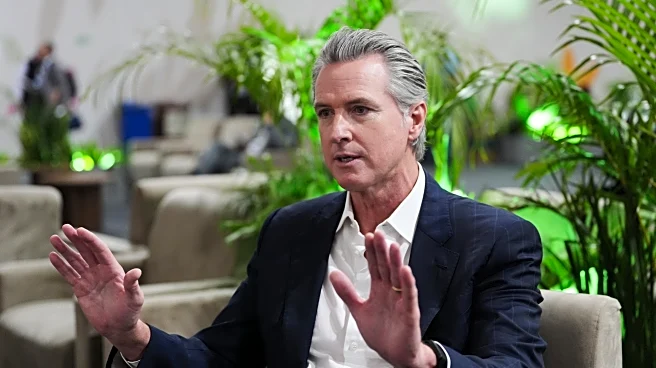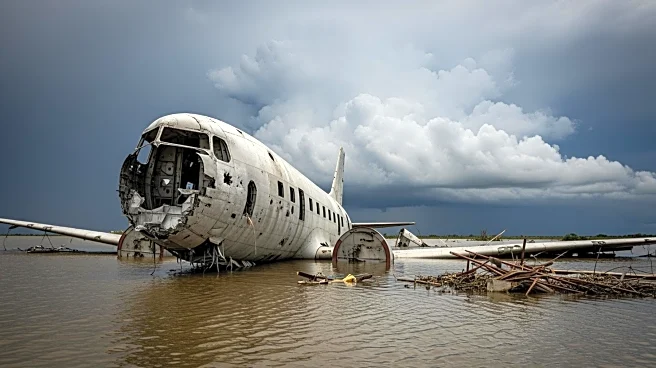What's Happening?
Home insurance in the United States is becoming increasingly expensive, with insurers withdrawing from certain regions due to escalating disaster costs. This trend is challenging the affordability of home protection for many Americans. As climate change
intensifies hurricanes, floods, and wildfires, the risk of weather-related extreme events is growing, according to Carolyn Kousky, an economic policy expert at the Environmental Defense Fund. The rising costs are exacerbated by inflation affecting building materials and the increasing number of properties in vulnerable coastal and forested areas. Nationwide, home insurance costs have risen about 8% faster than overall inflation between 2018 and 2022, as reported by the Treasury Department. This situation is stretching family budgets already burdened by rising food and transportation costs, with home insurance being a requirement for most homeowners with mortgages.
Why It's Important?
The rising cost of home insurance has significant implications for U.S. communities, particularly those in disaster-prone areas. As insurance costs increase, they contribute to higher overall homeownership expenses, potentially leading to decreased home values and increased foreclosures. This is particularly evident in Florida, where high insurance costs are affecting home values and could lead to a wave of foreclosures. The situation serves as a warning for other communities across the country, as rising insurance costs could lead to widespread mortgage defaults, impacting the broader housing market. Additionally, the insurance crisis highlights the need for communities to invest in protective measures against extreme weather to potentially lower insurance costs.
What's Next?
Communities are beginning to implement measures to mitigate disaster risks, such as fortified roofs and flood panels, but these efforts have yet to significantly reduce insurance costs. In California, initiatives like the WUI Data Commons aim to aggregate data on community risk reduction efforts to help insurance companies adjust premiums accordingly. However, challenges remain in ensuring insurance companies recognize and reward these efforts. Disaster experts emphasize the importance of incentivizing preparation through better insurance rates to build trust in the market and encourage proactive measures.
Beyond the Headlines
The insurance crisis underscores broader vulnerabilities in U.S. communities to climate-related disasters. It highlights the need for systemic changes in how risk is assessed and managed, including the integration of community-wide risk reduction efforts into insurance models. The situation also raises ethical questions about the accessibility and affordability of essential services like home insurance, particularly for middle-class residents in high-risk areas.















